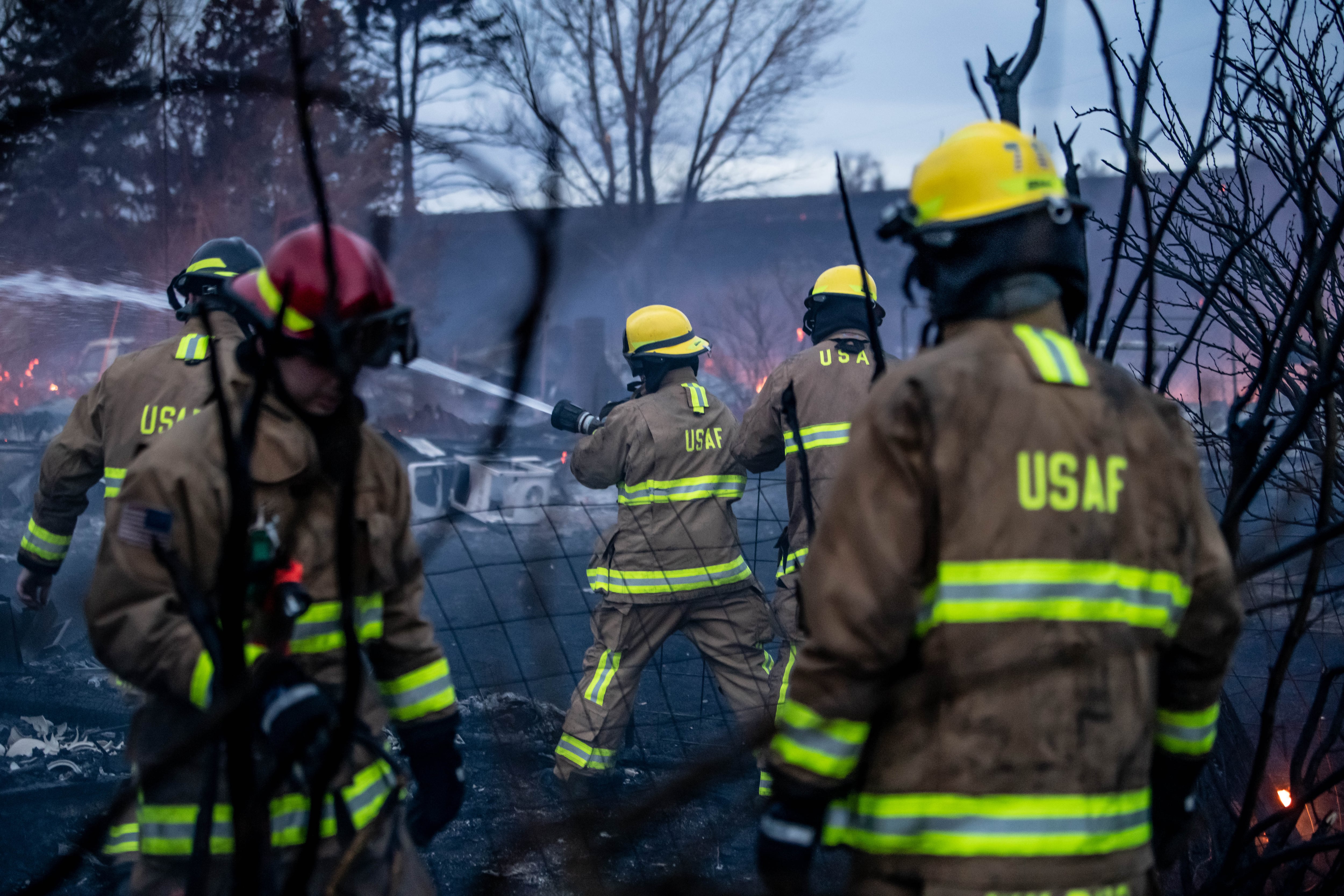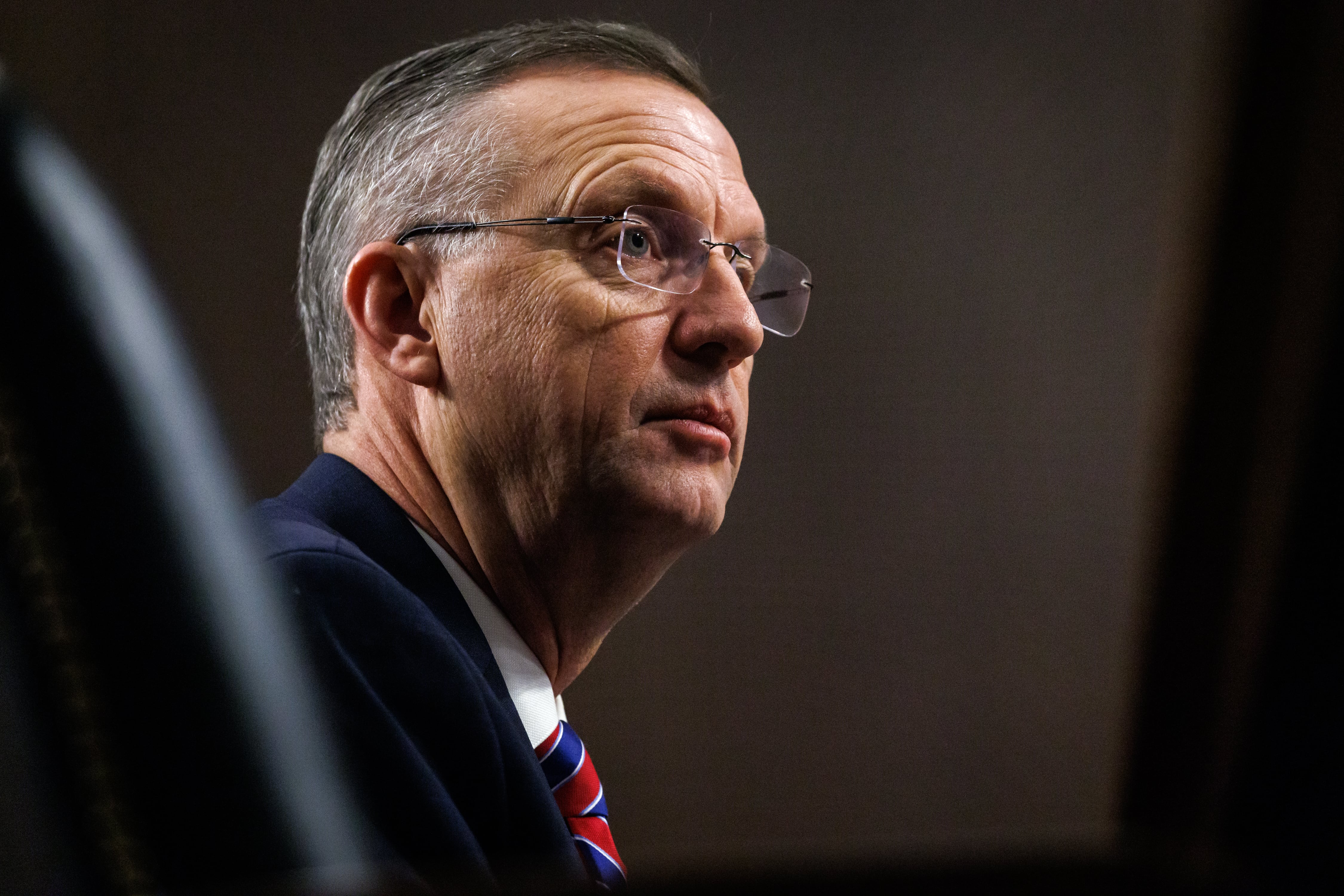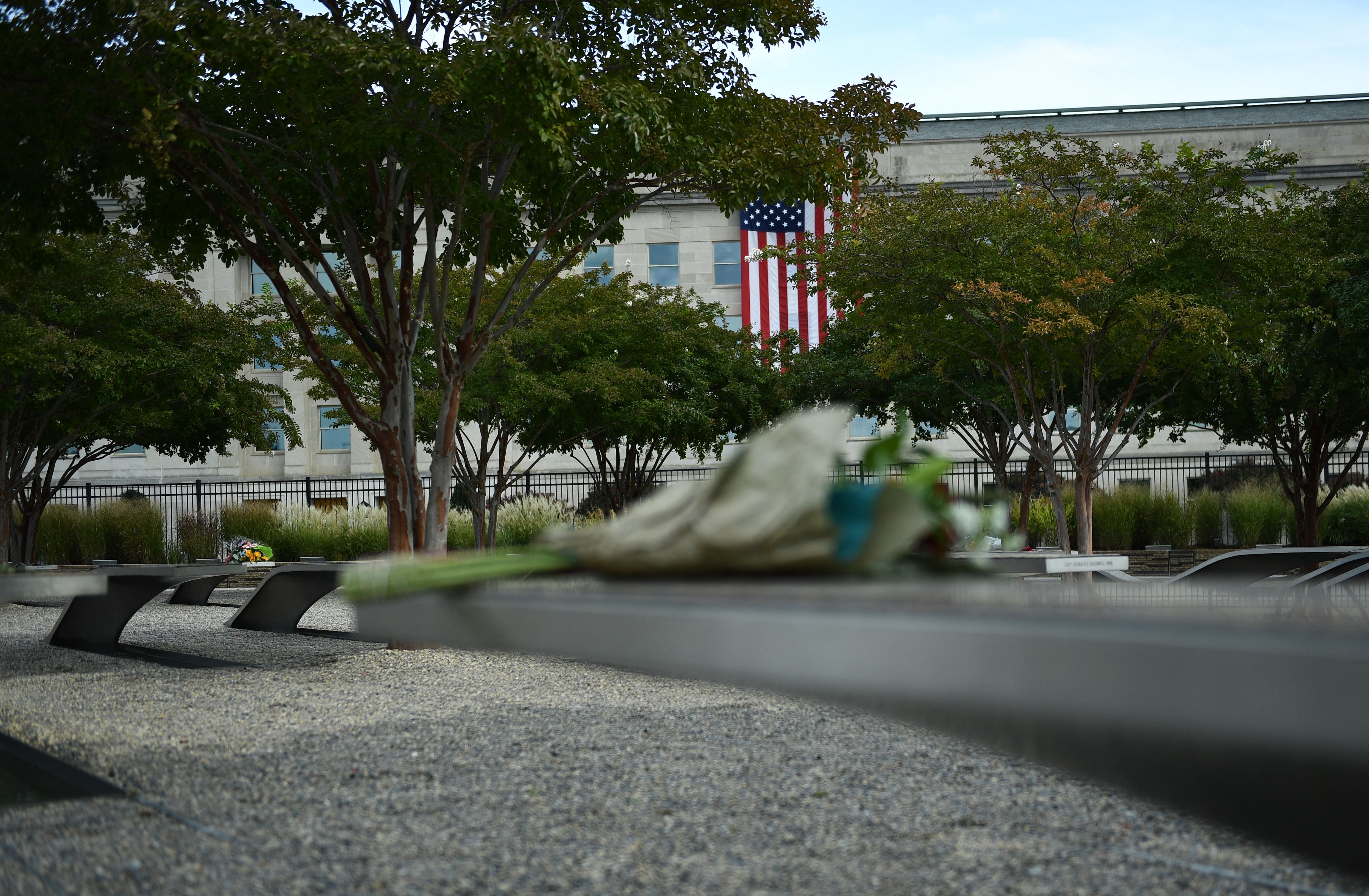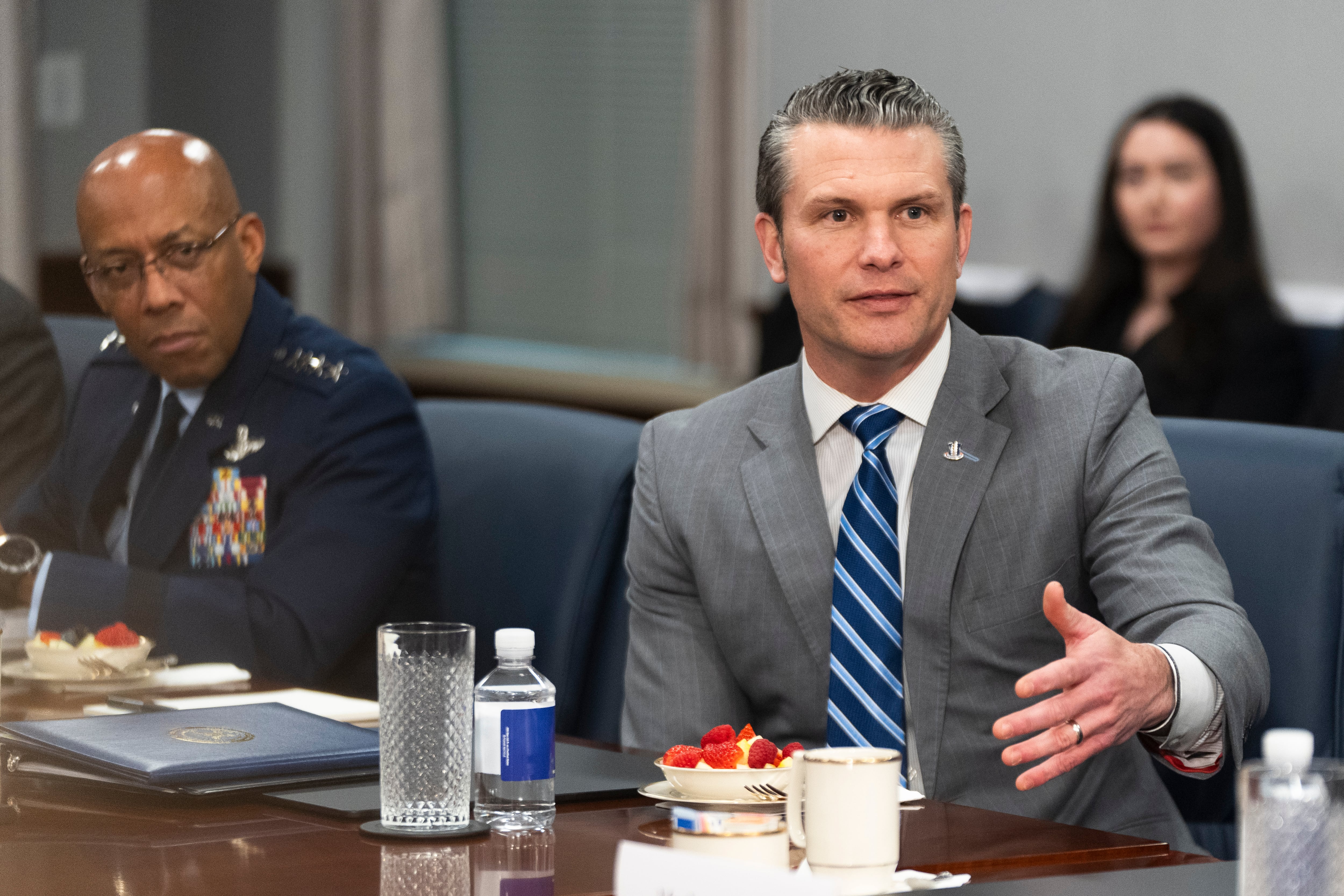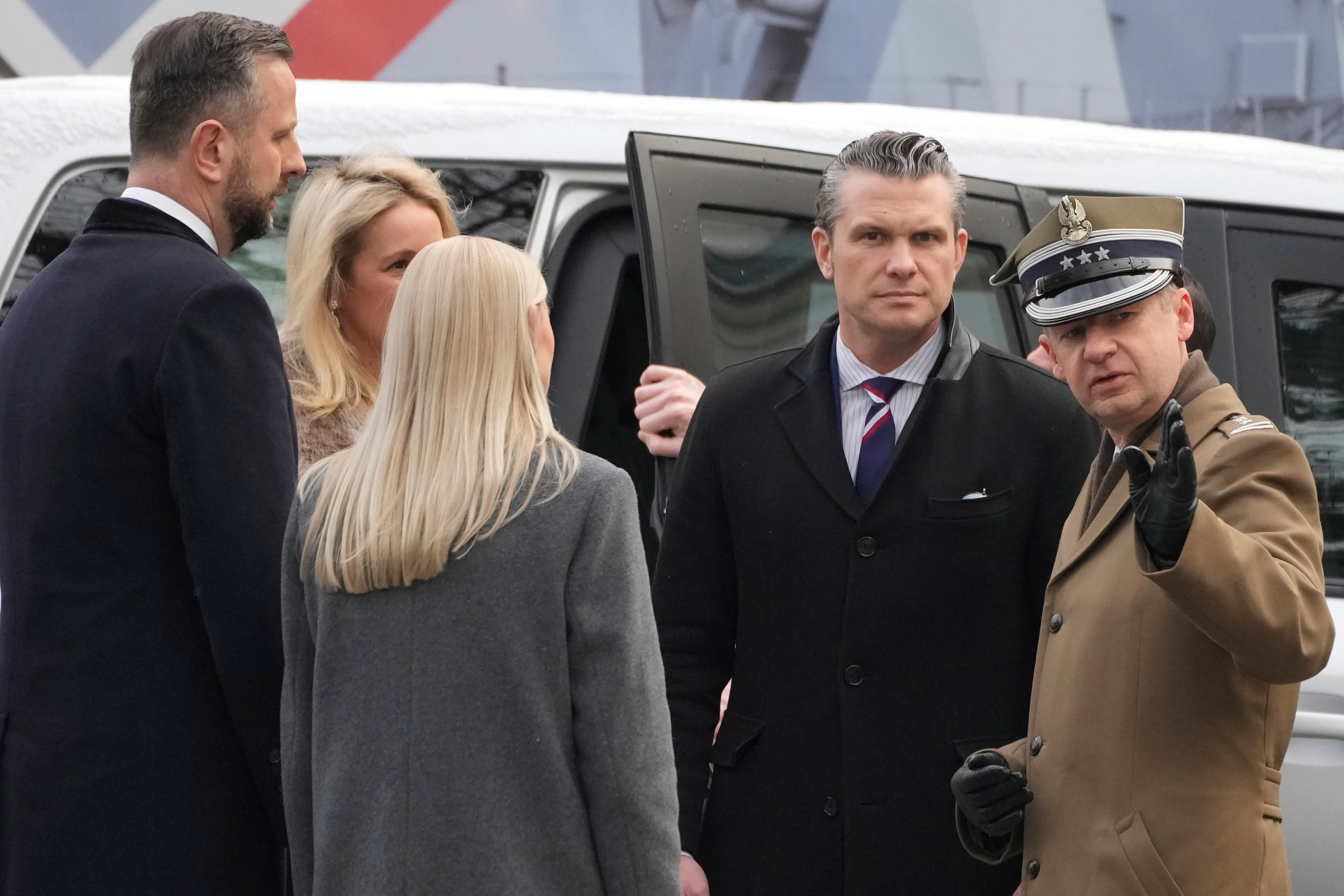Last summer, I picked up my car in Denver and began the move to my current assignment at Malmstrom Air Force Base. As I crossed the border from Wyoming into Montana, I was expecting my first exposure to “Big Sky Country” and its legendary blue skies; however, I was welcomed by helicopters and massive plumes of smoke that colored the sky with a milky brown haze. As I took in the spectacle, I thought of a particular mission set and just how important it is to my service branch, to the nuclear enterprise and to the community: Air Force firefighters.
I continued to travel the long stretches of roads without much civilization to see, making my way to Great Falls. I noticed how the dry land was primed for errant cigarettes or sparks that could set the ground ablaze. Roadside signs warning of the threat of fires flashed their foreboding message along great stretches of highway. These signs represented what was to come: For months, the state would be covered in a blanket of smoke and nearly one million acres would burn.
Little did I realize how involved our own first responders would become.
In addition to protecting Malmstrom base proper, our firefighters serve a nearly 14,000-square-mile missile complex — protecting nuclear-capable equipment, facilities and deployed forces in the field. These vast distances require partnerships and strong community relationships.
To that effect, we have memorandums of agreement with 48 counties across the state of Montana. Our professional firefighters train and fight alongside community fire departments, demonstrating courageous bravery in defense of others.

As late as last December, areas of Great Falls, the state’s third largest city, were ablaze. Our base’s firefighters described the environment as a lake of fire, and they partnered with their local counterparts to prevent the fire from spreading, stopping it in its advance toward the city’s primary hospital. Without thinking of their own personal safety, they did what they do best: save lives. Their efforts were nothing short of heroic.
In addition to traditional fire prevention and suppression duties, Malmstrom Air Force Base’s firefighters are routinely our first responders for emergency medical response. This is because on-base ambulatory service does not exist. On average, an ambulance from off-base takes about 14 minutes to respond, highlighting the importance of our multiskilled firefighters and their emergency medical capabilities, reliable equipment and overarching versatility. It seems every week, there is another person or community seeking their assistance.
In 2021 alone, our Malmstrom firefighters responded to 25 mutual aid fires, 117 emergency medical requests and five vehicle accidents. They conducted robust engagement with an on-base open house and outreach into area schools. They also taught nearly 70 safety and fire extinguisher classes. In all, they answered the call repeatedly, responding to nearly 300 incidents involving fires, hazardous materials, search and rescue, ice, extreme heat casualties and structural concerns — all while minimizing risk to people and mission across the state of Montana and beyond. After all, firefighters still need to train and prepare for deployed missions, so amid all the local responses, they are always ready to deploy when called to areas of responsibility around the globe.
By Montana standards, this winter was mild and dry. As weather pattern shifts occur and trend toward extremes, the significance of northern-tier fire departments will continue to grow in mission criticality, as they protect our most valuable resource — people — and the world’s most powerful weapons.
With highly unpredictable winds, little precipitation and the potential for scorching flames, firefighter readiness is imperative. To operate in this environment requires consistent investment in firefighter equipment, training and resources, as well as increasing the depth and breadth of partnerships. Falling short will only increase risk. Therefore, mitigating risk in a profession where speed of response increases rates of survival and decreases property loss is crucial. Elevated focus on the mission’s criticality and the high potential for evolving requirements is required.
Additional training opportunities should extend to Air Force Global Strike Command’s biannual Global Strike Challenge competition. That event primarily focuses on operators, security forces and maintenance. Inclusion of the firefighters would benefit the fire departments and provide added emphasis on the mission’s significance, resulting in added command and numbered air force focus and assessment.
Fire and rescue capability will only grow in importance as the Department of Defense builds toward its new future with the highly anticipated arrival of the “Sentinel” intercontinental ballistic missile weapon system.
Firefighters are critical frontline specialists — calm in crisis and integral to mission success. If wildfires break out as expected, professional firefighters at Malmstrom AFB will respond. Our firefighters truly ensure our nuclear enterprise and surrounding community remain safe, secure and effective.
While agility is an expected trait of fire and rescue professionals, it is equally important the Department of Defense remains agile in acquiring equipment, especially in remote areas where supply chain issues can exist, and where rapid replenishment of tools of the trade may be required after missions. It is important firefighters are positioned, resourced and always supported — especially as demands increase. Lives and mission success depend on it.
Col. Chris Karns is the 341st Mission Support Group commander at Malmstrom AFB, Montana.
The views expressed are solely those of the author and do not reflect the official policy or position of the U.S. government, Department of Defense, or U.S. Armed Forces
Have an opinion?
This article is an Op-Ed and as such, the opinions expressed are those of the authors. If you would like to respond, or have an editorial of your own you would like to submit, please email us.
Want more perspectives like this sent straight to you? Subscribe to get our Commentary & Opinion newsletter once a week.
